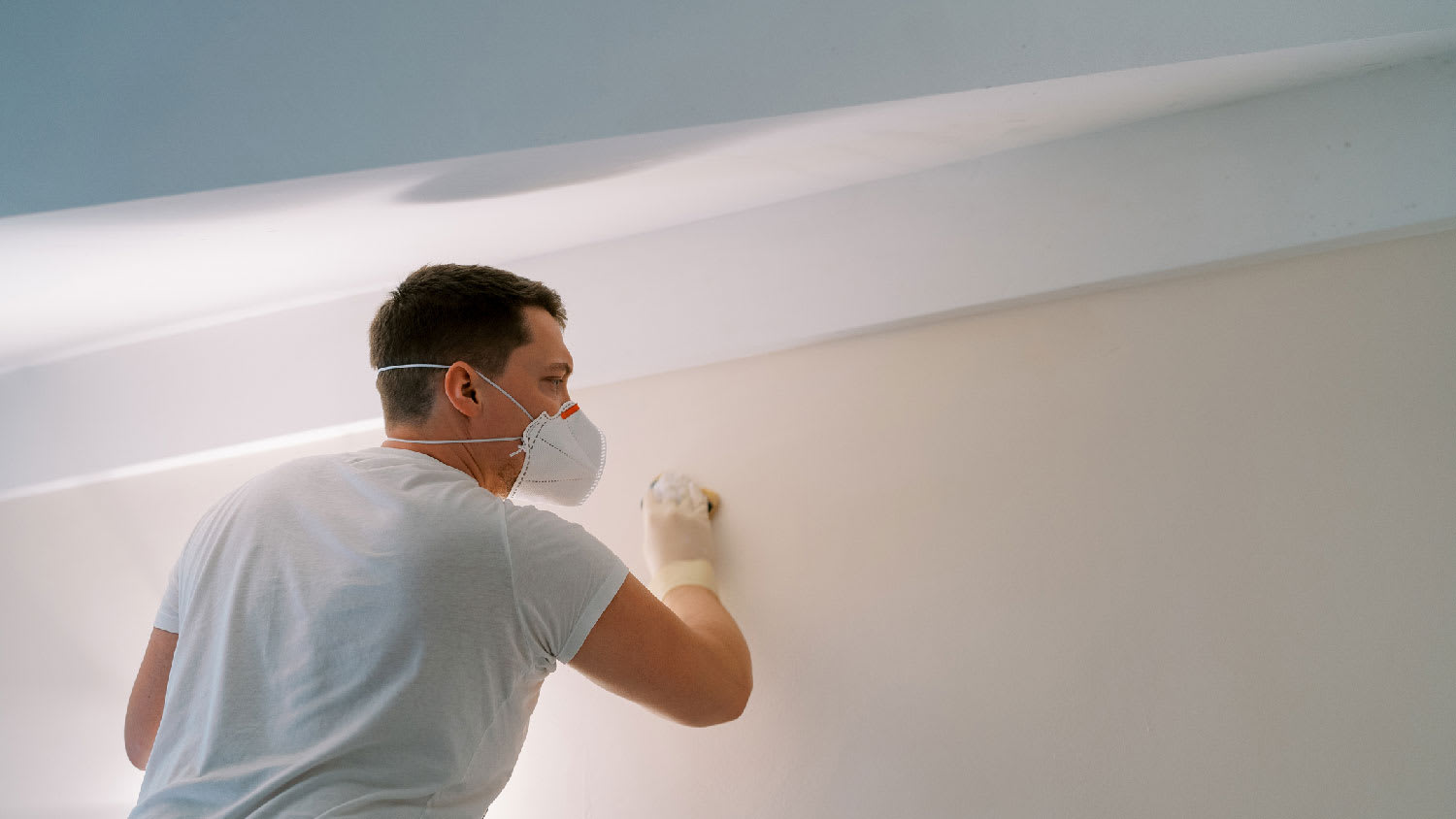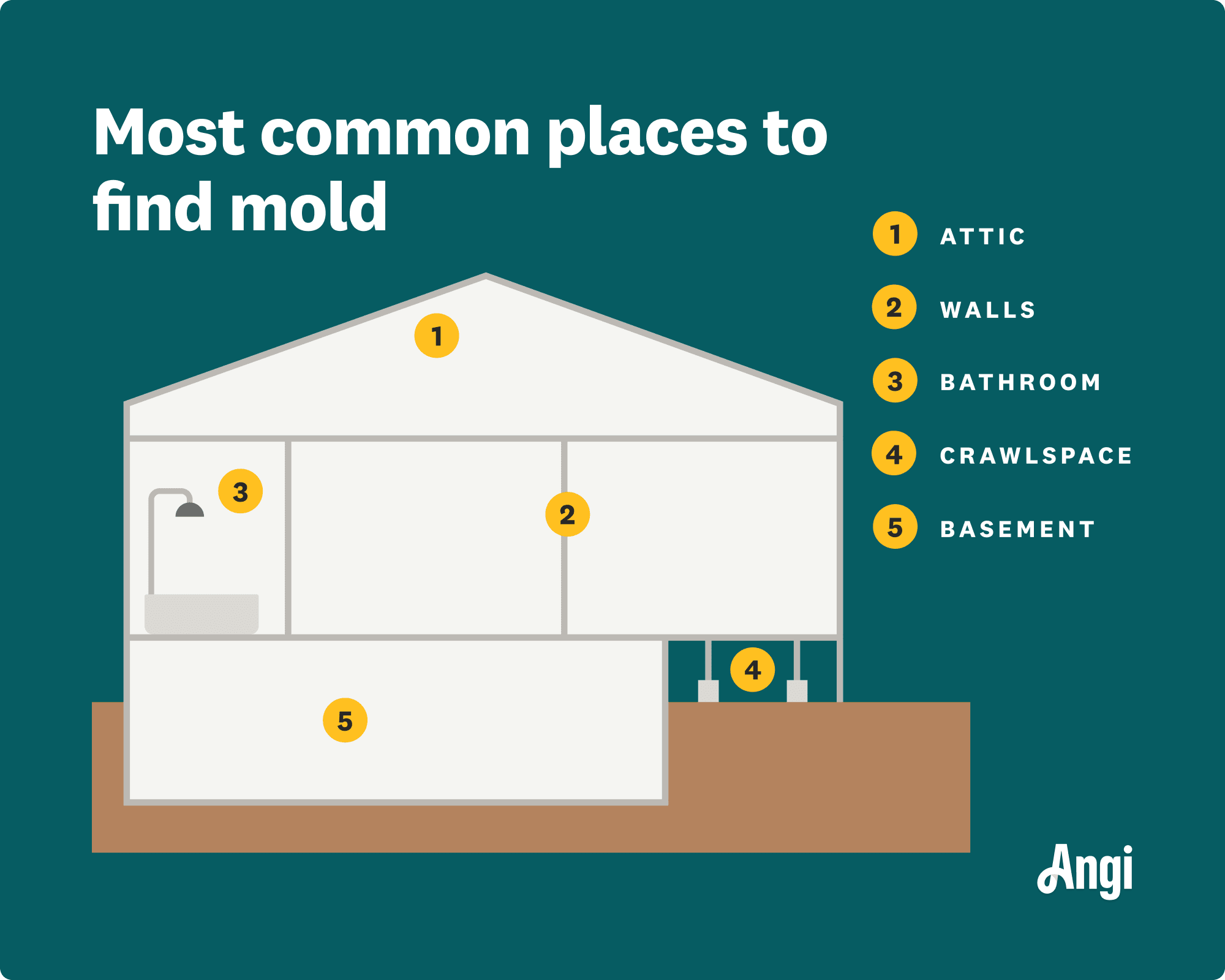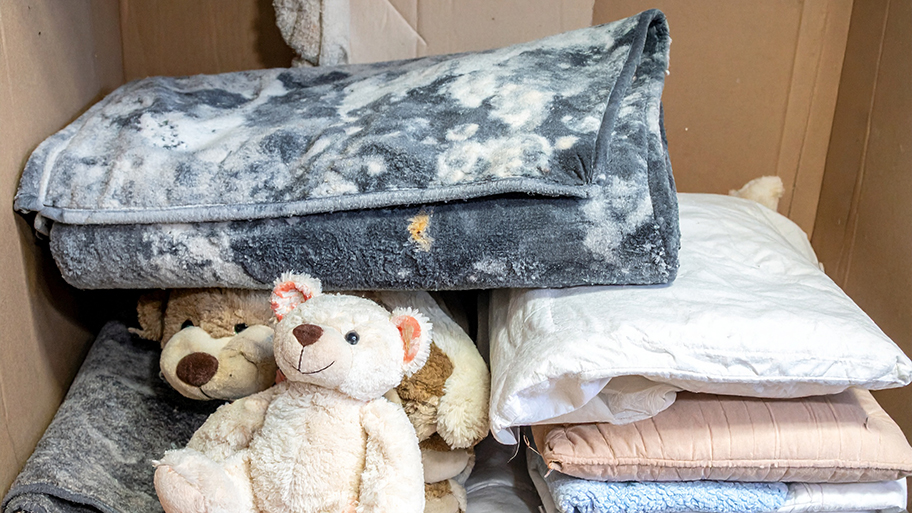
The cost of a mold inspection might seem high, but it’s one of the best investments you can make for your health and home. Read on to learn cost-saving tips.
Mold remediation costs in Minneapolis, Minnesota, are $2,072 on average, but it can cost between $899 and $3,265, depending on location, type, and size of infestation.


Mold issues in Minneapolis can lead to health hazards and home damage, so remediation is essential to creating a safe living environment.
The Minnesota Department of Health (MDH) offers recommendations for choosing an indoor air quality (IAQ) consultant before beginning the remediation process.
Mold remediation costs in Minneapolis depend on the type of mold, the extent of the damage, and any additional remodeling pros you need to hire.
The average cost for mold remediation in Minneapolis is $2,072, and prices fall between $899 and $3,265. Regulations in Minneapolis require residents and landlords to remove mold to keep living conditions safe. A mold remediation pro can inspect your home and provide an estimate. If you suspect you have mold in your home, here are some of the factors that will impact the cost of removing it.
Mold remediation in Minneapolis, Minnesota, can cost as little as $410 for small areas. For whole-house remediation or areas that need extensive remodeling, it can cost $7,000 or up to $30,000. The cost depends on factors like where the mold is located, the type of mold you have, and the extent of the damage.

It costs more to remove mold from certain areas of your home than others. For instance, mold growth in hard-to-reach areas, like in your HVAC system or drywall, can require more time and materials to remove than mold in very accessible areas, driving up costs.
| Location | Average Remediation Cost |
|---|---|
| Attic | $1,000–$7,500 |
| Basement | $500–$3,000 |
| Crawl space | $500–$4,000 |
| Wall | $1,000–$20,000 |
| HVAC systems | $300–$700 |
| Bathroom | $500–$10,000 |
| Whole house | $5,000–$30,000 |
Most mold removal professionals charge $10 to $25 per square foot. So, if you're removing mold from a 100-square-foot area, you can expect to pay around $1,000 to $2,500. But factors like where the growth is and the mold type can affect how much it costs to remove it.
A mold inspection costs between $300 and $1,075. Mold testing is key to determining whether you have the presence of mold in your home, plus the extent of the infestation. You’ll need to hire a mold inspector to test surface samples in your home before moving forward with remediation.
The Minnesota Department of Health (MDH), however, doesn’t recommend testing for mold before treatment. Because everyone reacts differently to mold, there isn’t a standardized level for how much mold is safe or unsafe. Noticing signs of mold in your home, including mold growth and odors, is an indication in and of itself that you need to treat it.
MDH recommends that you have a qualified indoor air quality (IAQ) consultant do an inspection. In some cases, such as where testing is needed to verify that mold cleanup was successful, the department recommends choosing a qualified and skilled mold investigator.
Regardless of how it affects remediation costs, you need to know which type of mold you have in your home for your safety. That said, if a mold test reveals the presence of black mold, your mold remediation pro will likely charge more to remove it based on the additional cost of protective equipment.
| Type of Mold | Description |
|---|---|
| Alternaria | A common mold found outside in spring and summer, it primarily attacks plants. |
| Aspergillus | White fuzz that turns black over time, but it can also be brown, yellow, and green. It can cause respiratory illness and requires immediate remediation. |
| Aureobasidium | Grows on painted surfaces and behind wallpaper. It’s often pink and causes allergies. |
| Chaetomium | Extremely toxic and can cause brain infections and various cancers. A white fuzz that turns to blue or green. Requires immediate professional removal. |
| Cladosporium | Commonly found in basements and HVAC systems. It can cause mild allergy symptoms. |
| Fusarium | One of the most toxic molds; requires professional removal once discovered. Often caused by water leaks, it is commonly found in walls and floors. |
| Penicillium | Blue-green and grows in areas of elevated moisture where water damage has occurred. It can be very dangerous. |
| Serpula lacrymans | Causes severe damage to wood and spreads fast. Unfortunately, this mold is usually found after it has spread widely. |
| Stachybotrys chartarum (black mold) | Extremely dangerous, not to mention fast-spreading. Requires immediate removal by a professional. |
| Trichoderma | Grows rapidly in wood, plants, and soil. Commonly found in HVAC systems and not as widely discovered as others in this list. |
| Ulocladium | A dark-colored mold found near windows and in kitchens and basements. Looks like black mold, but it isn’t as toxic to humans. Nevertheless, it still requires removal. |
If left untreated, mold can damage your drywall, carpeting, and flooring. Replacing or repairing your walls or floors will add costs to the removal.
Here are some cost estimates for different types of mold damage repairs in Minneapolis, MN:
| Repair Type | Average Cost |
|---|---|
| Drywall | $1,000–$2,900 |
| Carpet | $775–$2,600 |
| Flooring | $200–$550 |
It’s possible to handle some mold remediation on your own, but if it’s a large area or it’s done significant damage, you’ll need to call in a mold remediation pro in Minneapolis, Minnesota, to help you handle the removal and repairs. The Environmental Protection Agency (EPA) recommends hiring a pro if there is significant water damage or the area is larger than 10 square feet.
While mold removal in Minneapolis doesn't require a permit, other remediation measures—like remodeling that includes structural changes—will. If the plumbing needs repairs or replacement, you’ll need a plumbing permit. The same holds true for HVAC work if the system needs repairs.
According to the MDH, Minnesota doesn’t license or certify mold investigators or remediators. They do, however, offer guidance for choosing an IAQ consultant who can investigate the location and source of the mold. You can base your choice on the provider's experience and training, and be on alert for a conflict of interest if the consultant also provides remediation services.
Understanding mold remediation costs is especially important given that the Housing section of the Minneapolis Code of Ordinances requires that there be no signs of visible mold growth on the interior or exterior surfaces of dwelling units. If you see signs of mold, contact a mold remediation expert to help you with the removal, cleanup, and any necessary repairs.
For small amounts of mold, a mold remediation pro may be the only one you need to hire. But if the mold has caused additional damage, you may need to call in a few more pros. Here are projects that you can consider hiring additional pros to complete:
Crawl space encapsulation cost: $5,000–$15,000
Foundation waterproofing: $1,500–$15,000
Roof repair cost: $150–$8,000
Bathroom remodel cost: $2,500–$30,000
Mold remediation won’t necessarily increase your home value in Minneapolis, but a mold infestation can decrease home value. Mold not only leads to aesthetic eyesores but also creates health hazards. A mold infestation is a red flag for many buyers who will walk away or make a lower offer. Mold remediation can ease buyers’ minds, making your home safer to live in and helping your home sell more easily than it might with an active mold issue.
Home is the most important place on earth, which is why Angi has helped more than 150 million homeowners transform their houses into homes they adore. To help homeowners with their next project, Angi provides readers with the most accurate cost data and upholds strict editorial standards. We survey real Angi customers about their project costs to develop the pricing data you see, so you can make the best decisions for you and your home. We pair this data with research from reputable sources, including the U.S. Bureau of Labor Statistics, academic journals, market studies, and interviews with industry experts—all to ensure our prices reflect real-world projects.
Want to help us improve our cost data? Send us a recent project quote to [email protected]. Quotes and personal information will not be shared publicly.
From average costs to expert advice, get all the answers you need to get your job done.

The cost of a mold inspection might seem high, but it’s one of the best investments you can make for your health and home. Read on to learn cost-saving tips.

If you have mold, the odds are you also have mold mites. Here's what you need to know about getting rid of and preventing these diminutive pests.

Learning how to remove mold from wood furniture is a worthwhile DIY project because you can save your expensive wood pieces. Learn more about safely removing mold from wood furniture.

Mold growth in your home poses a serious risk to your belongings and health. But after mold removal, knowing which items to pitch and which you can keep can be confusing. This guide will help you sort everything out so you know what to save.

Figuring out how to test for mold in your home is important. Mold testing can offer peace of mind and lets you know if it’s time to call a pro. Learn about mold testing processes in this guide.

When it comes to black mold vs wood rot, one causes a much bigger threat to your family. Keep reading to learn which.